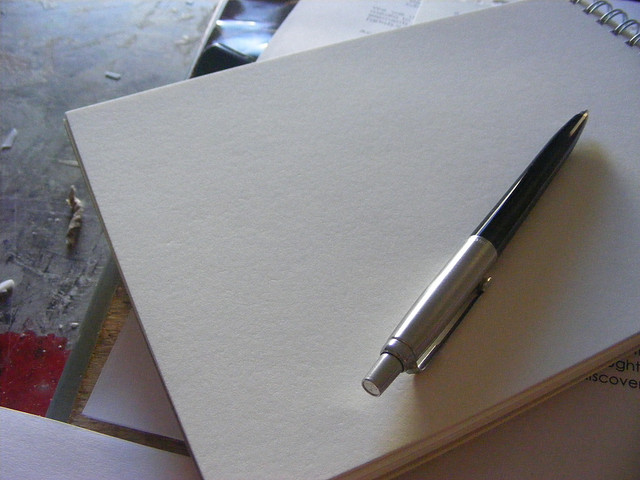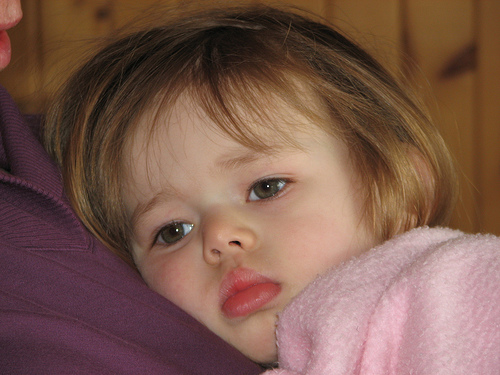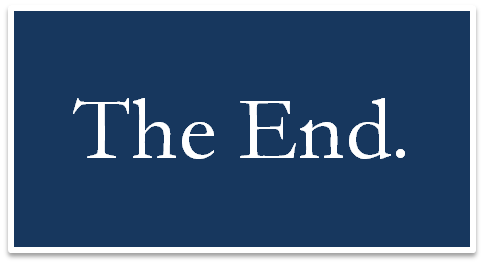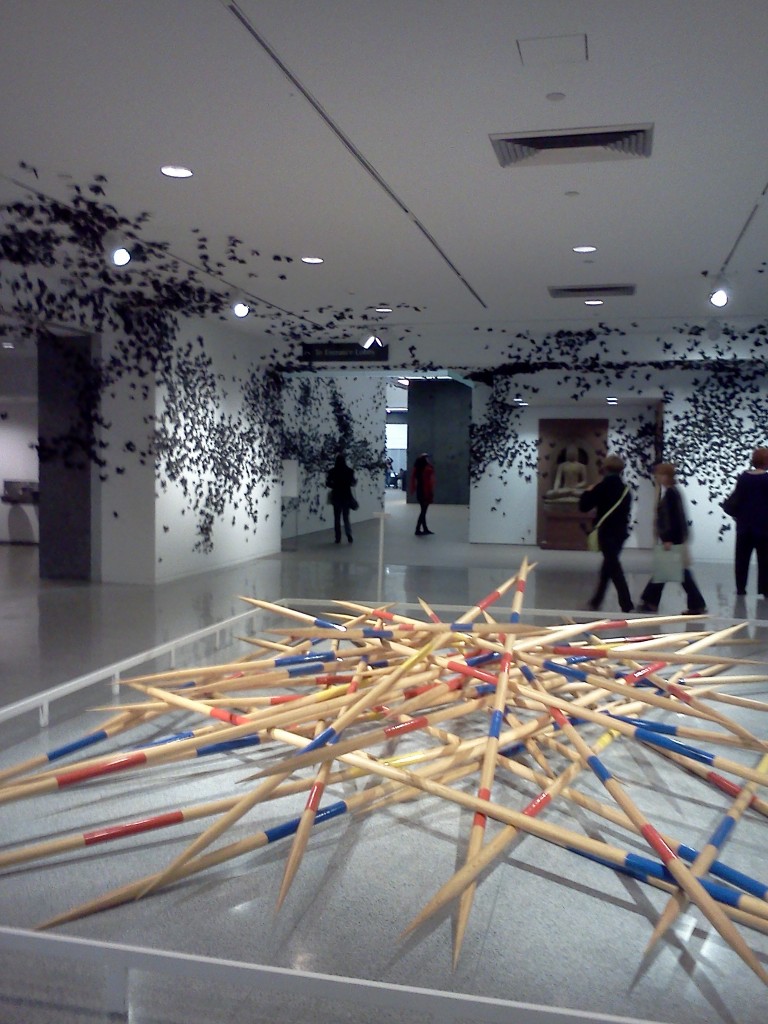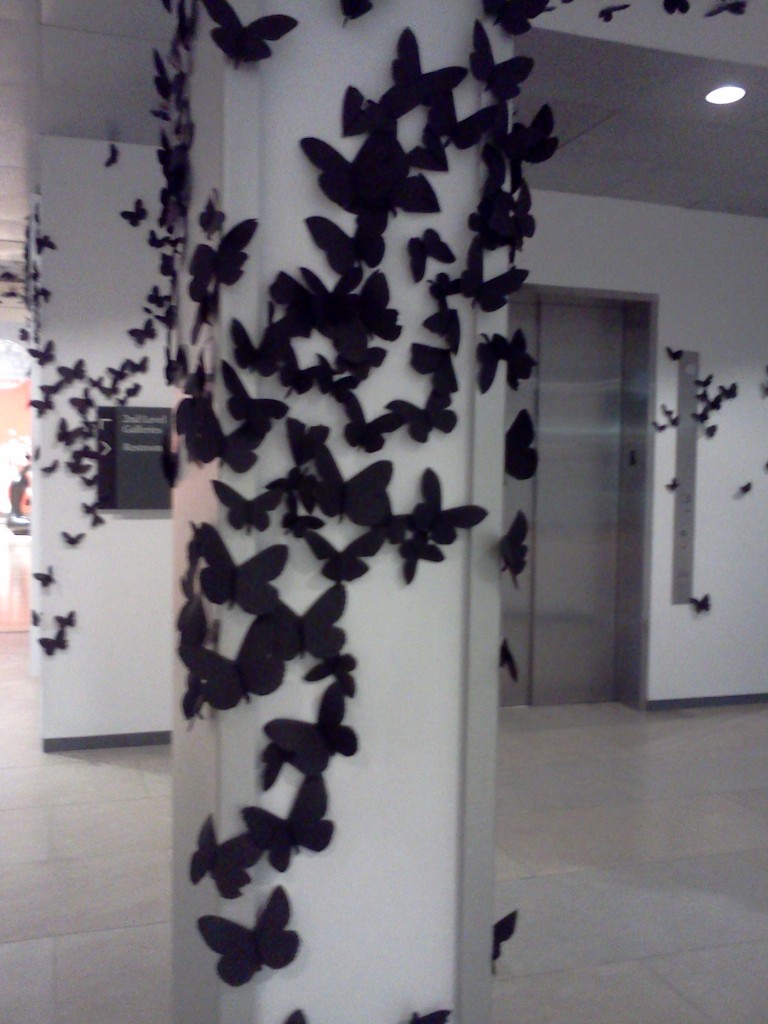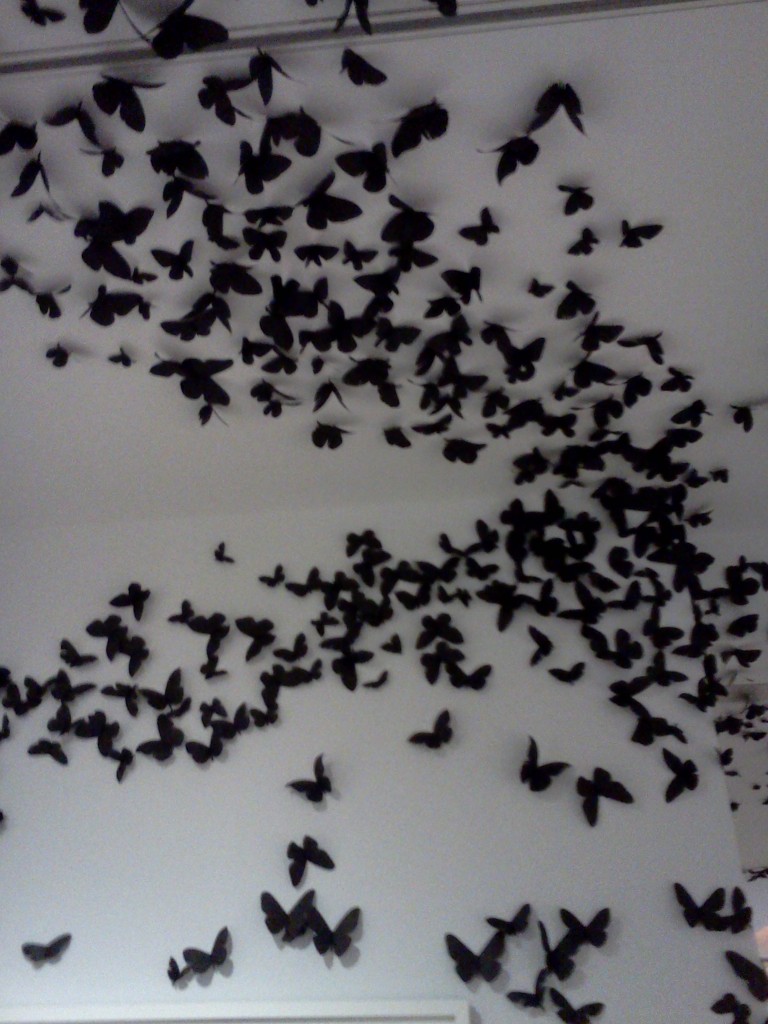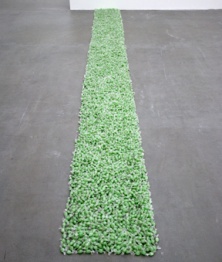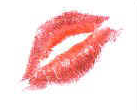Everyday Rhetoric
A lot of times, rhetoric is taught in college with the immediate purpose of helping students become better at writing college papers.
But what I love about rhetoric is it’s everyday, normal uses.
When we first moved into this apartment, my daughter’s door would jam, and sometimes I would have a really hard time opening it. Twice I couldn’t open it at all and had to have my husband do it.
Maintenance said they couldn’t fix it, and that it was normal for the doors to jam. Something to do with air pressure and humidity, ya dah ya dah ya dah.
So I thought, what is the strongest possible reason I can make for why my daughter’s door needs to be fixed? The fact that it was annoying, irritating, or challenging was obviously not good enough.
I told the office that I was worried about it being a fire hazard: what if there was a fire and I couldn’t get the door opened because it was jammed?
Within an hour, my daughter’s door was fixed.
Now fast forward. Several weeks ago, I put in a work order for maintenance to fix a number of small, yet irritating things. Like my towel rack. I like to hang up my towel. Yet for some reason or another, my request got lost in the shuffle.
One of the things on the list was switching the air filter (the office had said maintenance could do it the first time so I could see how it was done). So this morning, I removed the 20 inch by 20 inch air filter from the ceiling vent. It was one of the filthiest things I have ever seen. I brought my baby, my toddler, and the filthy air filter to the main office.
Within an hour, everything on my list had been fixed.
I intentionally didn’t bring the baby backpack, a stroller, or anything that would have made my trip easier. That would have damaged the visual impact. The office assistant said, “You know you can just throw that air filter away.” What I didn’t tell her is that I knew I could just go to the office and they’d give me a new air filter, but I had brought the old one with me because I wanted all my maintenance requests to be fixed.
And it worked.
And that’s why I love rhetoric. As Aristotle wrote, rhetoric is using “the available means of persuasion.” It’s not just about getting an A on a college paper–though rhetoric can certainly help you do that as well. It’s about using your voice to make changes in the world, particularly when they’re not changes you can make on your own.
Photo Credits:
- Pen and paper by Guudmorning!
- Dirty air filter by AJC1

